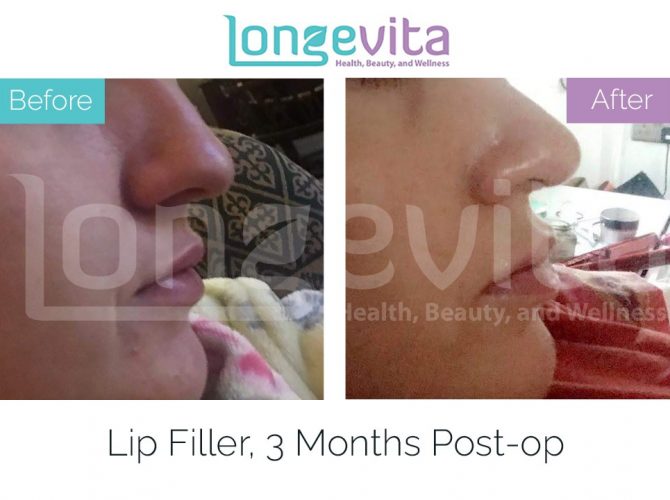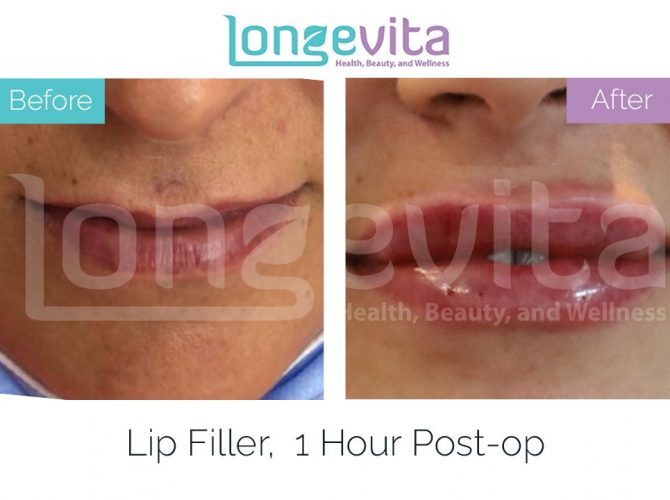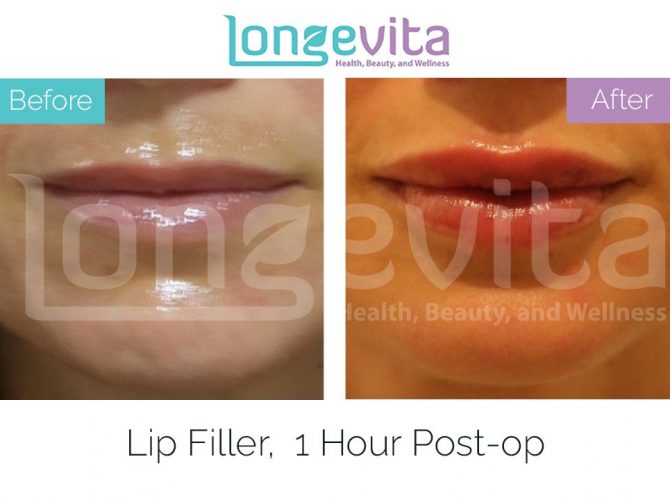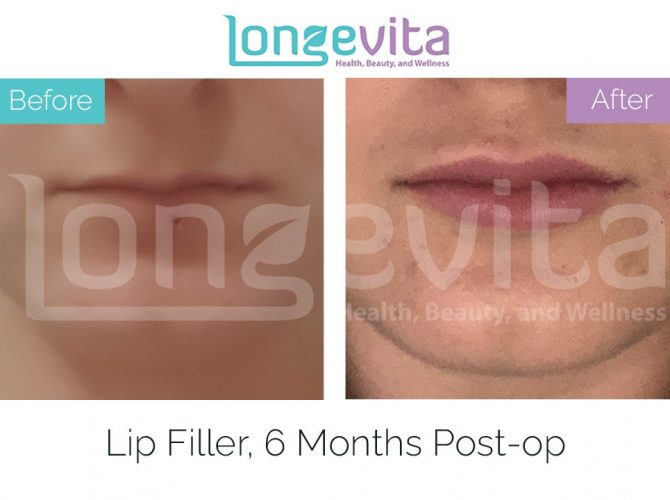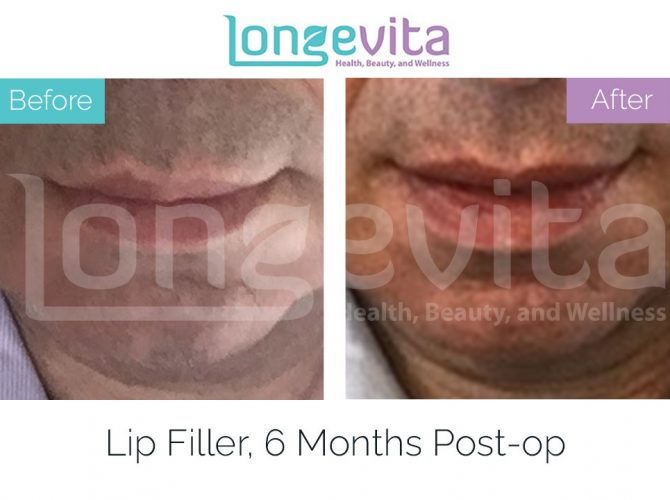As we age, we lose facial volume because of the loss or displacement of fat pads, the reduction of collagen production, and the loss of muscle and bone mass.
This results in the formation of prominent wrinkles and fine lines. In addition, you may end up with depressions/sunken areas on the face.
Dermal fillers, also known as soft tissue fillers, can restore volume and lift your face for a more youthful appearance.
What are Dermal Fillers?
A dermal filler is a soft, gel-like substance that commonly uses hyaluronic acid (HA).
Hyaluronic acid is a sugar molecule that occurs naturally in the body and 50% of it is present in the skin alone.
Because of its ability to bind and retain water molecules, up to 1000 times its weight in water, it is used in dermal fillers. It also promotes the production of collagen in the skin.
Through this, a hyaluronic acid filler can smooth out the appearance of wrinkles and fine lines.
Dermal fillers’ treatment for the face, which includes the nasolabial folds (wrinkles that extend from the bottom of the nose to the sides of the mouth), cheeks, chin, and lips, is approved by the Food and Drug Administration (FDA).
Only keep in mind that dermal fillers cannot treat severe wrinkles and facial lines. You may need to have additional cosmetic procedures to achieve your desired results.
What Is The Cost Of Dermal Fillers In The UK?
According to the 2020 global survey by the International Society of Aesthetic Plastic Surgery (ISAPS), more than 4 million people had a hyaluronic acid procedure.
It was the second-most popular non-surgical procedure among both males and females. There’s a huge demand for hyaluronic acid fillers in the cosmetic industry around the world.
However, this has led to non-medical practitioners offering dermal fillers in their salons.
Many short training and certification courses for dermal fillers are available, even online, that make them “certified” for giving fillers to people.
The lack of necessary practice and skill can leave many people unsatisfied with the final results. And they end up getting a revision treatment, which only adds up to the cost.
If you’re getting dermal fillers in London, it is best if you choose a medical practitioner with proper licensing and training to give you dermal filler injections.
That is going to be the most cost-effective way of getting dermal fillers. Keep in mind that prices in London can vary by the number of injections and the area of treatment of the patient.
If you are looking for even more affordable options, you can consider going to Turkey.
In 2020, more than 160,000 hyaluronic acid injectable treatments were administered in Turkey, according to ISAPS’ survey.
Who Can Have Dermal Fillers & Why?
You are a good candidate for dermal filler if you:
- Have atrophic/indented acne scars due to damage to the underlying skin tissue. Dermal fillers for acne scars can treat these. According to one study, improvement was seen in the appearance of moderate-to-severe acne scarring of patients who were given non-animal hyaluronic acid.
- Want plumper, fuller lips. You may want to augment your lips at an early age or want dermal fillers due to a loss of volume with age.
- Want to reduce smile lines, marionette lines (vertical lines that extend downwards from the corners of the mouth to the chin), deep lines, nose to mouth lines (nasolabial folds), and wrinkles on the face.
- Have depression in the area between the lower eyelids and the upper cheeks, which is casting shadows on your face. A tear trough filler can fill in these deep creases and plump the area.
- Have sunken cheeks because of downward displacement of fat pads (forming jowls) or their breakdown.
- Have a weak jawline or lost definition as a result of ageing. Dermal fillers can sculpt and contour the jaw to make it more defined.
- Have a small chin due to your bone structure (genetics) or ageing. Chin augmentation is possible through a dermal filler treatment.
- Want to change the nasal profile.
Am I Suitable For Breast Enlargement?
What To Think About Before You Have Dermal Fillers?
Before getting any dermal filler treatments, you need to do some research about the clinic and the doctor performing the treatment.
In the pre-treatment consultation, ask the doctor about their experience and credentials.
Make sure to take a look at the before-after photos of their patients to get an idea of their skills.
Your doctor should know the facial anatomy and should take the facial structures, facial features, skin tone, and skin quality into consideration when preparing the treatment plan.
Ask them how they will perform the procedure, what type of fillers are they going to use and why. Also, ask about its manufacturing and find out if the filler is FDA-approved.
You should know how the results will change over time and if any risks or complications can arise from the treatment performed.
After that, you should make sure that the doctor has insurance against malpractice and that the clinic/hospital has policies in place for that.
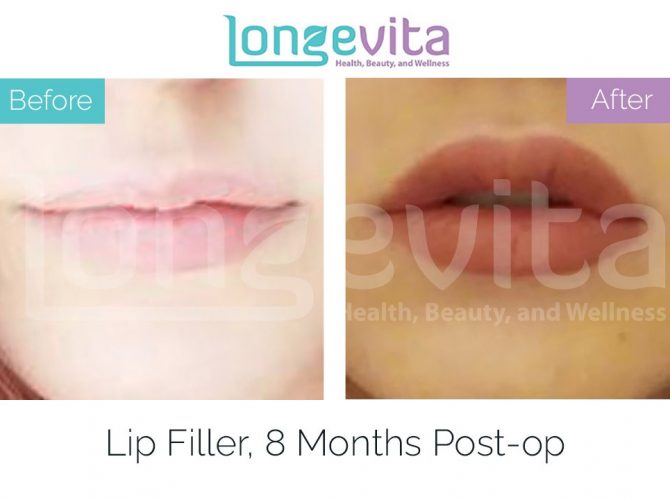
How Best To Prepare For Dermal Fillers?
Before coming to the clinic for your dermal fillers, you need to make the following preparations:
- Inform the surgeon about your health condition. If you have any skin problems, for instance, infection or cold sore, you need to get treated for it.
- Discontinue the intake of blood-thinners and herbal/vitamin E supplements as it can result in increased bruising after the treatment.
- Remove any makeup, piercings, or jewellery before coming in for your dermal filler treatment.
- Do not remove facial hair (by waxing, tweezing, or threading) before getting fillers.
- Wash your face to remove any lipstick, chapstick, cream, serum, or lotion.

What Is The Procedure For Dermal Fillers?

First, the surgeon will perform a physical exam. They will also ask for your medical history.
Then, they will mark the areas of the face where the fillers will be injected to change the facial contours.
This is followed by cleaning of those areas and the application of a topical anaesthetic or local anaesthesia.
For the injection, doctors commonly use a very fine needle. The dermal filler goes into the dermis, and then the doctor gently massages the area to spread the filler. This is done several times.
The whole procedure can take anywhere between 15-20 minutes; it can be more than that if you’re getting a combination of fillers. The most popular ones are as follows:
Tear Trough Filler
To treat the hollowing in the under-eye area that you may have because of genetics or ageing, you can get tear trough fillers. The doctor will inject the filler into the dark circles using a needle.
The needle is inserted in the area adjacent to the tear troughs and not directly in them. These will give immediate results. You may notice that your face is looking more “rested.”
Lip Fillers
This dermal filler treatment helps to create fuller lips while retaining their natural contours and shape.
First, a nurse may apply a numbing cream on the lips, and then the doctor injects the filler and gently massages the area.
How much lip fillers are injected and where can vary between patients, depending on their goals.
Nose Filler
Nose filler, also known as non-surgical rhinoplasty, can make subtle changes to the contours of the nose through the injection of fillers.
It can lift the tip of the nose and straighten the bridge.
In addition, it can smooth out any facial lines and wrinkles extending over the nose.
Cheek Dermal Fillers
Cheek dermal fillers can address the volume loss that happens with ageing and results in sagging skin with folds, lines and wrinkles.
Using hyaluronic acid, a natural component of the body, the doctor adds volume to the cheeks by injecting the fillers in different areas, instantly diminishing signs of ageing.
Jawline Filler
These fillers can address asymmetry, jowls, small chin, and volume loss. In addition, it can contour the jaw and make it sharper with the help of injections.
Here too, the doctor will add volume after giving local anaesthetic or applying a numbing cream.
The doctor can provide you with other treatment options to meet your needs.
For instance, jawline filler cannot treat a double chin. You may need liposuction for that. These things will be discussed with you during the initial consultation.
Book A Free Consultation With Our Patient Consultants
We offer free consultations for patients across the UK & Ireland, so you can discuss your individual requirements with our specialists. Book A Free Consultation With Our Patient Consultants Today.
Recovery & Results Of Dermal Fillers
Soon after the treatment, you may have some facial tightness. It is normal. You may be given an ice pack after the treatment, as it helps reduce the swelling.
You will notice immediate results, a reduction in the appearance of smile lines, nose-to-mouth lines, marionette lines, dark circles, sunken cheeks, and fine lines.
Your nose profile will also change instantly, and so will the shape of your jaw if you’re getting dermal fillers for them.
Dermal fillers are considered a lunchtime procedure since they only take a few minutes and have no downtime.
The results from the procedure can last anywhere between 6 months to 2 years. It can depend on the area treated and the skin type/quality of the patient.
In addition, the type of filler and the metabolic rate of the patient can also affect the longevity of the results.
In any case, they are not permanent fillers since the body will absorb the hyaluronic acid.
Aftercare Of Dermal Fillers
For dermal filler aftercare, do not rub your face for at least a day after the treatment.
Also, avoid getting any facial massages or treatments right after.
Do not apply any pressure to the face and for that reason, make sure to sleep on your back for 1 day after the treatment.
Other than that, avoid smoking or excessive drinking for 24 hours.
Strenuous workouts can increase blood pressure. This can worsen swelling and bruising. Avoid that too for 24 hours.
And lastly, avoid prolonged sun exposure. You can start wearing makeup or applying lipsticks/chapsticks 1 day after getting dermal fillers.
Side Effects to Expect After Getting Dermal Fillers
Most of the side effects following dermal fillers result from the tip of the needle and not the dermal fillers.
You can have redness, bruising, swelling, and tenderness, which can last from 1 to 3 days.
Swelling can also make the results look asymmetrical. It will correct itself as the swelling goes down.
What Could Go Wrong After Getting Dermal Fillers?
In general, dermal fillers are safe. Rarely a patient can develop an infection after getting dermal fillers.
Another complication that can arise from this treatment is the blocking of blood vessels by the filler and permanent damage to the tissue or an embolism.
With experienced doctors, this complication is very rare.
What To Do If You Have Problems After Getting Dermal Fillers In London?
If you’re experiencing any problems in the recovery process, you should get in touch with the Aftercare team.
They provide free consultations online and are available by call or email.
They will share your concerns with your surgeon, get an assessment and revert to you.
In addition, to make sure you’re recovering normally, you should read the aftercare guides available on our website.
Alternatives To Dermal Fillers
If you want more dramatic results, your doctor may recommend surgical alternatives to dermal fillers, such as facelift surgery and a fat grafting procedure.
These surgeries are invasive, and you will need some time off to recover.
Other Procedures to Have with Dermal Fillers In London
If you have crow’s feet (wrinkles around the eyes), frown lines (between the eyebrows) and forehead lines, your doctor may recommend Botox with dermal fillers.
You can also combine dermal fillers with invasive plastic surgeries.
| Dermal Fillers | Fat Grafting | Facelift | |
| Procedure | Injection of hyaluronic acid to stimulate the production of collagen | Harvest fat from different areas of the body and inject it into the face to address significant volume loss | Remove excess skin and fat from the face and tighten underlying muscles |
| Aim | Restore volume in sunken areas and smooth the appearance of wrinkles and fine lines | Restore volume in sunken areas and smooth the appearance of wrinkles and fine lines | Treat deep wrinkles and get rid of excess sagging skin that’s creating folds and wrinkles |
| Treatment time | 15-20 minutes | 2 hours | 2-3 hours |
| Frequency of Treatment | After 6-24 months | One-time | One-time |
| Downtime | None | 7-10 days | 2-4 weeks |
| Results | Temporary | Permanent | Permanent |

FAQ
Are dermal fillers safe?
Yes, but your doctor must be board-certified with licensing and training. Poor technique can result in botched procedures and unsatisfactory results, which is rarely the case with an experienced doctor.
Do you feel pain when getting dermal fillers?
You might feel slight discomfort during the procedure.
Most fillers have lidocaine, a local anaesthetic, mixed with them, making the skin numb as the doctor goes on to inject the fillers. This also helps minimize the discomfort. All in all, it is quite painless.
Are dermal fillers better than Botox?
Dermal fillers are different from Botox. They do not work the same way and address different aesthetic concerns.
Dermal fillers are commonly given to the areas from the lower eyelids to the jaw, while Botox is for wrinkles and fine lines from the forehead to the area where upper and lower eyelids meet.
Reviewed and Approved by Prof Fuat Yuksel
